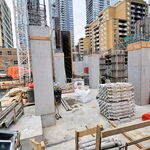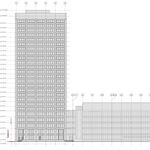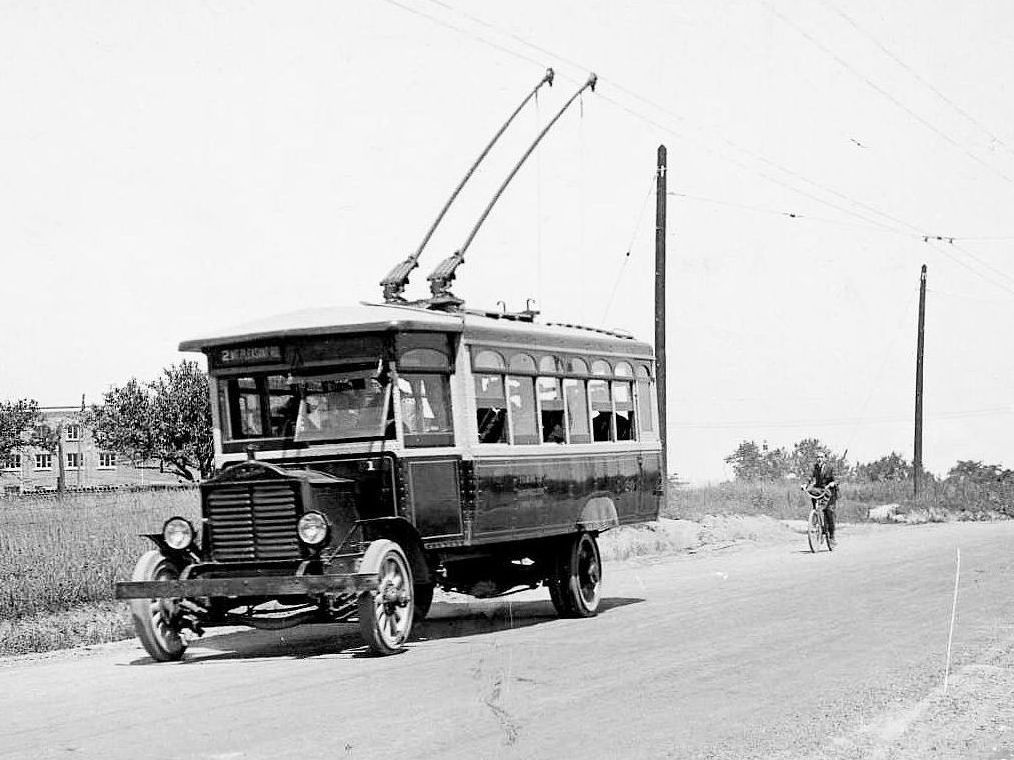Monarch Butterfly
Superstar
There is this media called "books", where information is printed on paper pages fastened along one side and encased between protective covers. There is one such "book" called:
Tires and Wires - The story of electric trolley coaches serving sixteen Canadian cities

From link.
Tires and Wires - The story of electric trolley coaches serving sixteen Canadian cities

From link.
Tires and Wires is a comprehensive history of electric trolley coach operations in sixteen Canadian cities. Starting with some early dabbling in the embryonic technology of a rubber-tired electric bus, transit operators of the 1930s and 1940s turned to these quiet, powerful and efficient vehicles to replace their worn-out streetcar systems.
Tires and Wires is published jointly by Canadian Transit Heritage Foundation and Railfare*DC Books, which has produced many high quality historical Canadian railway and transit system publications. The author, Tom Schwarzkopf, is co-author of Edmonton’s Electric Transit and Calgary’s Electric Transit, as well as other rail and transit publications.
Highlights:
Book size: 8” x 10.5”.
- 272 pages, more than 200 superb photos and illustrations (54 in colour), and 22 maps
- A chapter for each city’s system, including overhead wire maps
- Complete system trolley coach rosters, with vehicle illustrations and preserved equipment data
- A description of all nine trolley coach manufacturers






